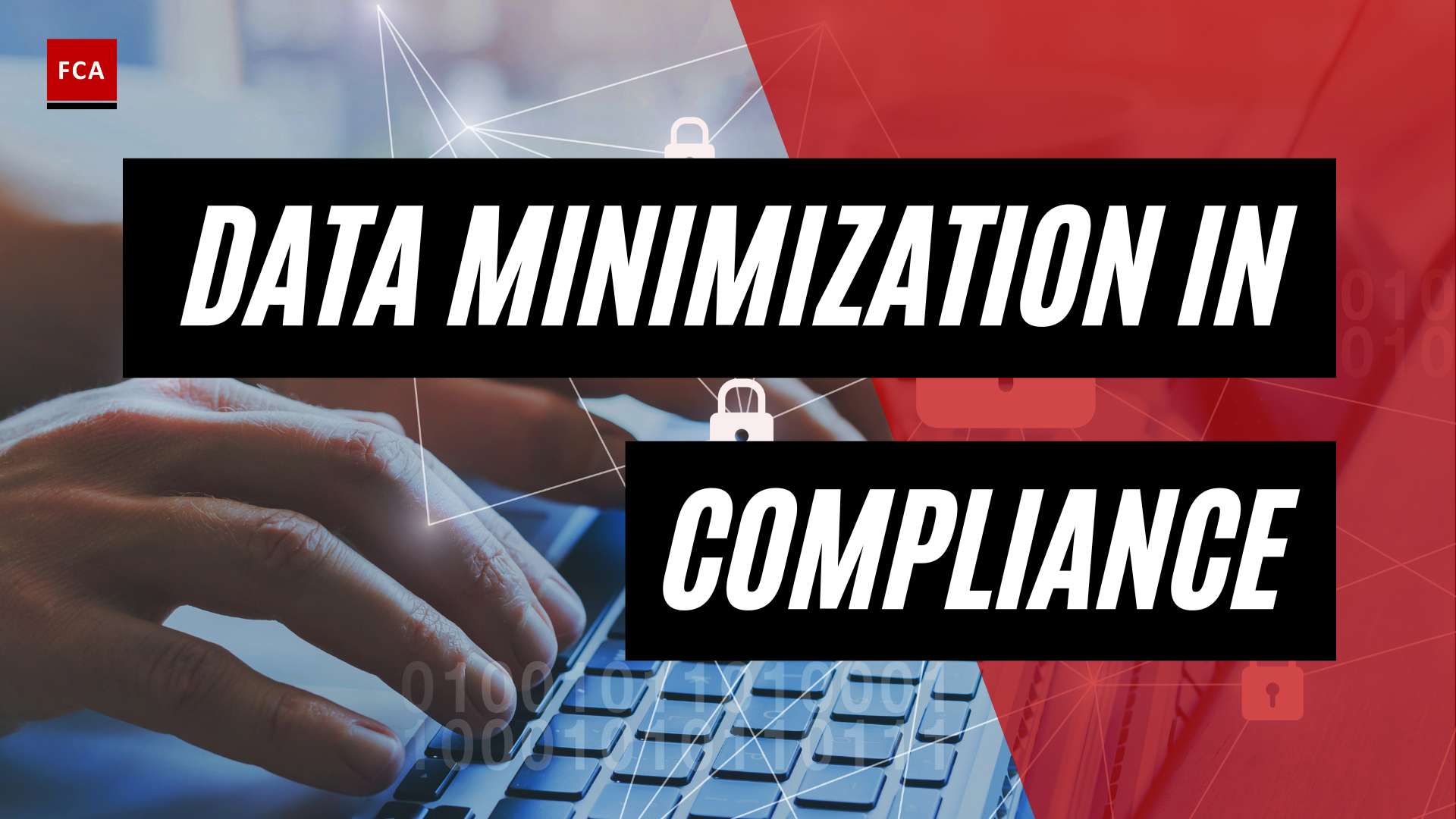Transaction monitoring risks can affect institutions. Transaction monitoring aims to ensure that criminals do not use an institution’s financial system or channel, including money launderers, terrorists, fraudsters, human traffickers, drug dealers, and other criminals.
Further, the risk of money laundering and terrorist financing increases when the customer is any of the following:
- A PEP
- A close family member of a PEP
- A foreign PEP
- Belongs to a banned country or high-risk jurisdiction
- A not-for-profit organization or NPO
- A charitable organization, or
- Declared by regulatory authorities as high-risk.
The most prominent risk to the financial services sector has been the risk posed by public officials, their associates, and family members. Several significant money laundering scandals or events have involved the PEPs within the private banking sector. The risk posed by PEPs is that a financial institution may be exposed to property that corrupt practices have generated. Regardless of any criminal or civil liability, which will undoubtedly arise, the high profile of such cases can expose any professional business or financial institution involved to an enormous reputational and regulatory risk.

Transaction Monitoring Risks
The following risks are addressed by the regular transaction monitoring process implemented by an institution:
- Money laundering risk
- Terrorist financing risk
- Risk of dealing with a fraudster
- Risk of dealing with tax evaders
- Risk of dealing with a customer whose close family members reside in a banned country or high-risk jurisdiction
- Risk of non-identification of beneficiaries
- Risk of non-identification of beneficial owners, in case of corporate entities
- Risk of non-identification of PEPs or close family members of PEP
- Risk of non-identification of the real source of funds and beneficiaries
- Risk of dealing with blocklisted entities
- Risk of dealing with blocklisted people or persons
- Risk of dealing with prohibited organizations or institutions declared prohibited by the relevant regulatory authorities or bodies, etc.
The transaction monitoring process also identifies internal controls weaknesses or system loopholes in predicting or identifying suspicious transactions. During monitoring, employees responsible for processing and recording suspicious transactions may also be exposed, where they may be found guilty of recording inappropriate transactions or facilitating criminals in the placement or movement of their funds.

Final Thoughts
Transaction monitoring is an essential process for financial institutions to prevent money laundering, terrorist financing, and other illegal activities. However, transaction monitoring itself can also pose certain risks to the financial institution. To mitigate these risks, financial institutions should have robust policies and procedures in place for transaction monitoring, including ongoing staff training and testing of systems. Financial institutions should also regularly review their transaction monitoring systems to ensure they are up to date and effective in identifying potential risks.








